Nuance Audio is a new option for people who resist traditional aids, from the company that makes Ray-Bans and operates LensCrafters.
Seekers of Meaning Podcast Posted Online March 7, 2025
What's Next Longevity Deal Talk Episode 32, January, 2025
Presentation: What's Next Longevity Venture Summit, June, 2025

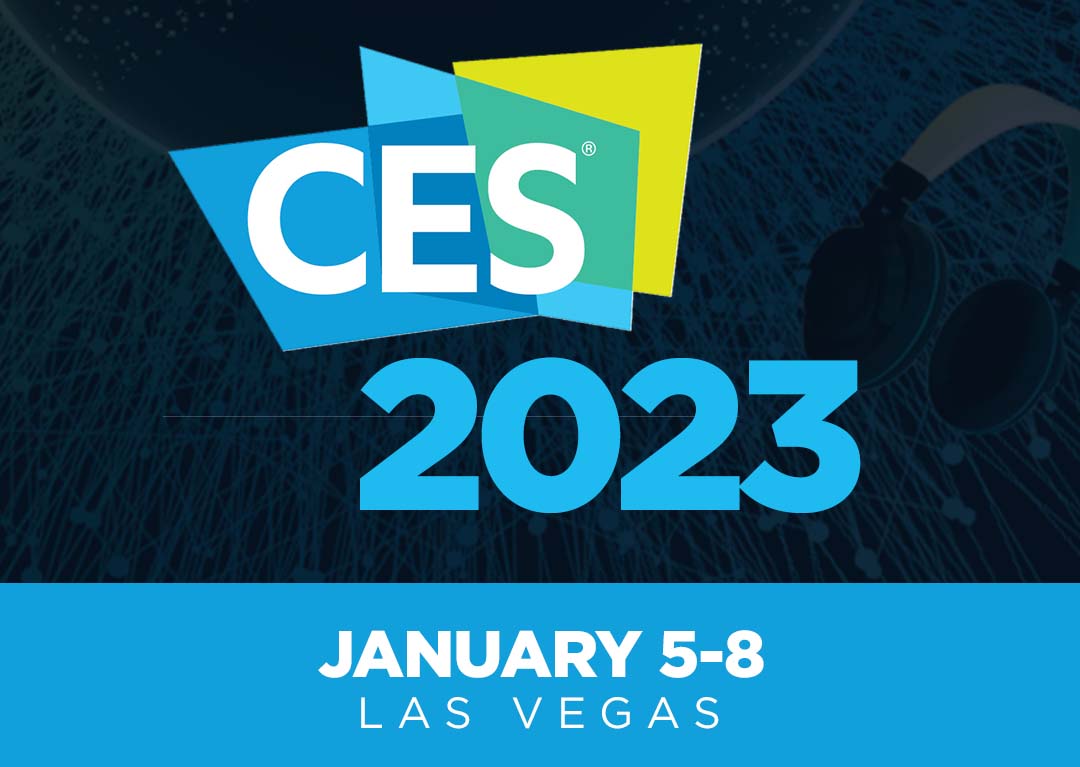 CES 2023 is, as the sponsors say, a wrap.
CES 2023 is, as the sponsors say, a wrap. 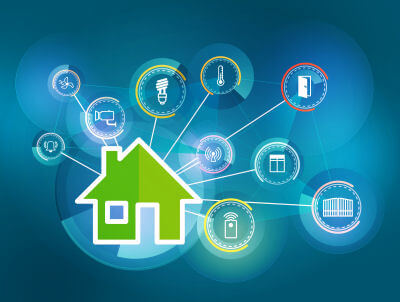 So many really want to help older adults – yet so often ‘help’ can be elusive. Look at the ludicrous amount of time it took to officially enable buying hearing aids over the counter. Look at the ten years or more between the first wave of useful sensor tech for seniors (2005 with
So many really want to help older adults – yet so often ‘help’ can be elusive. Look at the ludicrous amount of time it took to officially enable buying hearing aids over the counter. Look at the ten years or more between the first wave of useful sensor tech for seniors (2005 with  Taking stock of 2022 in AgeTech. We are approaching end of the year – it has been a good one for emerging technologies that can help older adults, today commonly known as
Taking stock of 2022 in AgeTech. We are approaching end of the year – it has been a good one for emerging technologies that can help older adults, today commonly known as 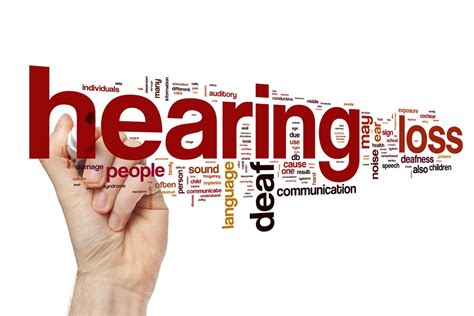
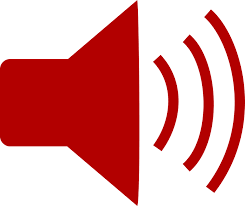 The biggest older adult tech news from August was audible.
The biggest older adult tech news from August was audible. 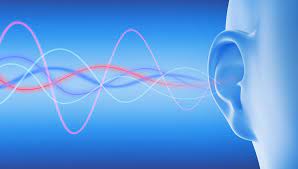 Yesterday was a big day that should have happened several years ago. Finally.
Yesterday was a big day that should have happened several years ago. Finally.